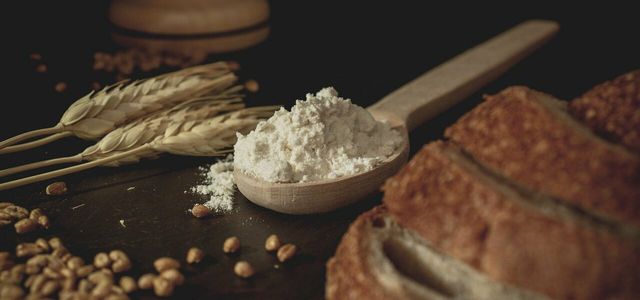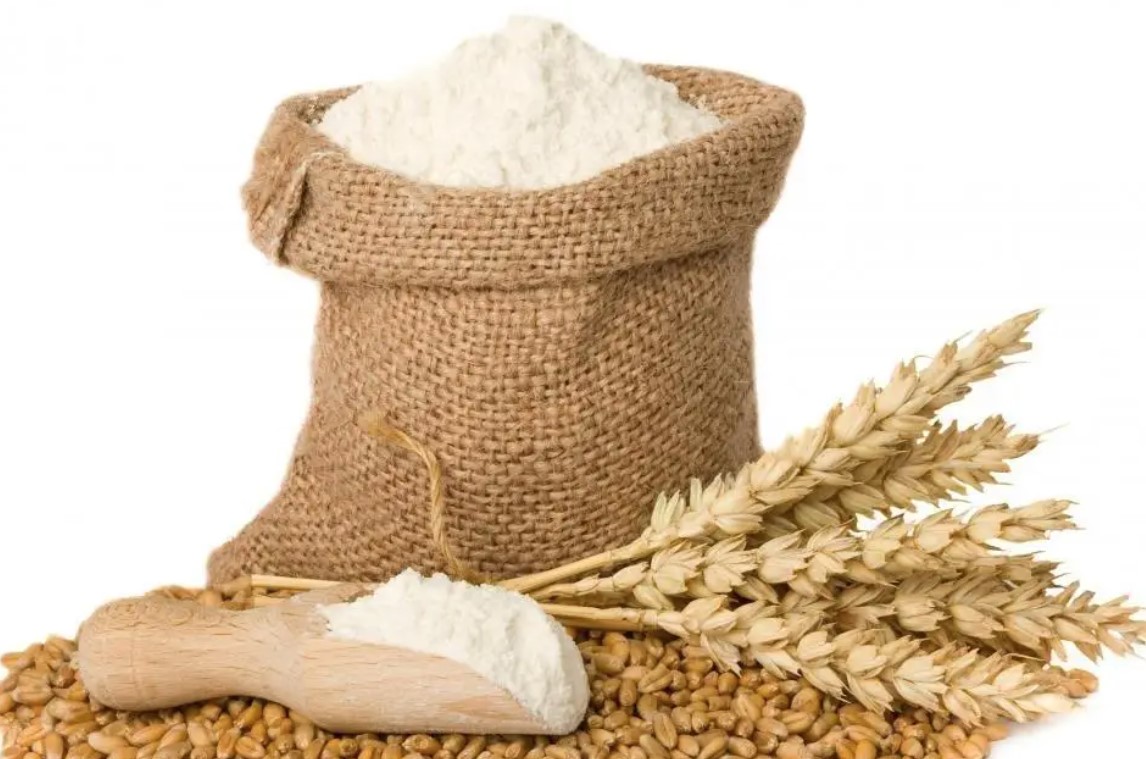Wheat starch is a natural binding agent that you can use in different ways in the kitchen and around the house. Learn more about Strength’s traits and usage here.
As the name suggests, wheat starch consists exclusively of wheat. For production, the grain is ground and broken down into its individual components. Starch makes up about half of a grain of wheat. Commercial starch, on the other hand, consists mainly of corn starch and only parts of wheat and possibly also potato starch.
Wheat starch in the kitchen

Wheat starch consists of more than 85 percent carbohydrates. Water makes up about twelve percent. Proteins and fat are only present in minimal proportions. Starch contains about 345 calories per 100 grams. Wheat starch contains hardly any vitamins and other micronutrients.
Wheat starch is odorless and tasteless. That’s why you can use the fine, white powder for a variety of sweet and savory dishes. In the kitchen, wheat starch is mainly used as a binding and thickening agent, for example for sauces, soups or puddings. The starch gives cakes and other baked goods their stability. It is important that you heat the starch and not just mix it cold. Only then can it unfold its binding properties.
Note: People who suffer from gluten intolerance (celiac disease) should not eat wheat starch. Finally, it is high in gluten. Those affected can fall back on pure corn starch or potato starch. Locust bean gum or guar gum are also good gluten-free alternatives.
Wheat starch in the home

The binding and stabilizing properties of starch are not only useful in the kitchen. You can also use wheat starch to make glue or porcelain substitutes, for example. Starch is also recommended to fight sweat and fat. You can use them as an ingredient for homemade deodorants and dry shampoos.
You can also use wheat starch mixed with a little water as a natural stain remover. To do this, put the starch-water mixture on the stain, let it dry and then brush it off again with a rough brush.
